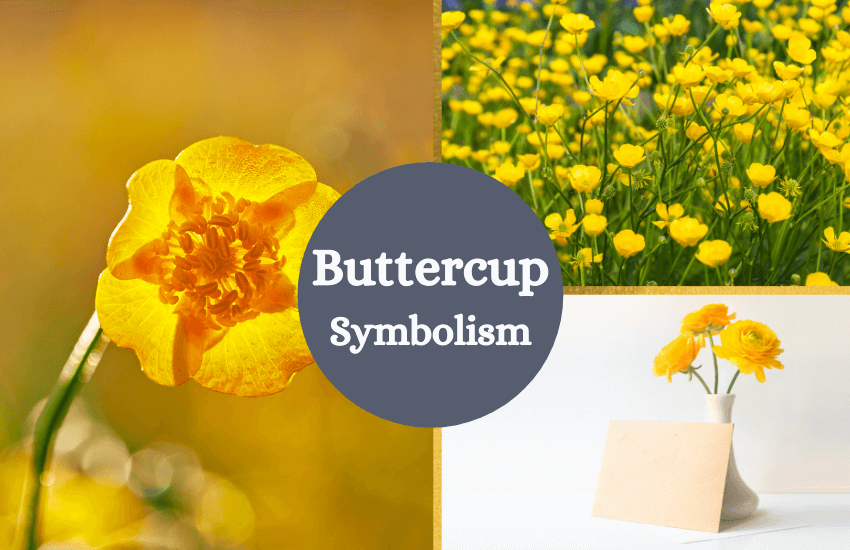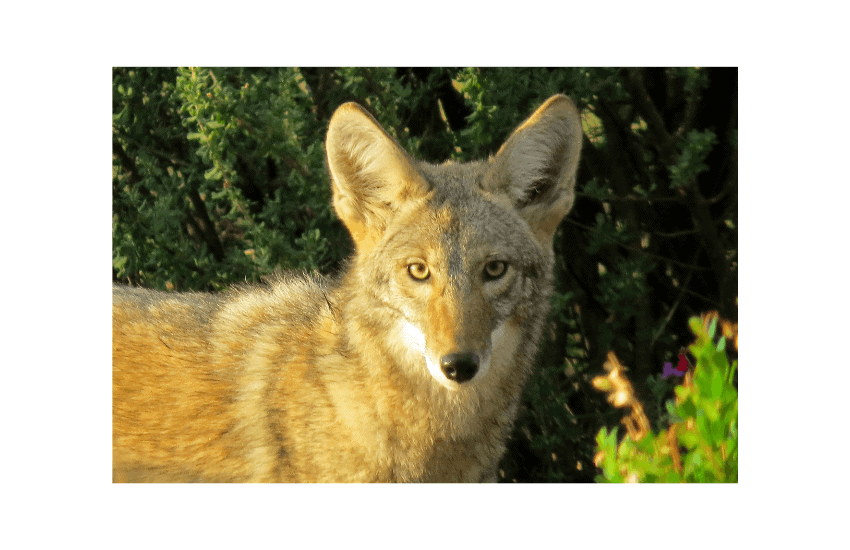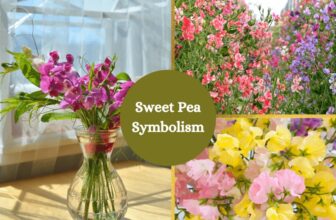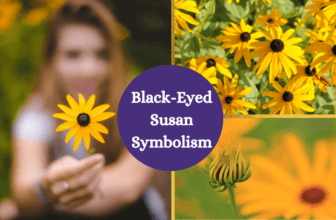
Table of Contents
Buttercup flowers with layers of thin petals in vibrant hues resemble works of art. These little miracles can captivate people with their beauty and simplicity. Here is a look at what makes these perennial blooms so special, along with their symbolic meanings and uses.
What is a Buttercup?
Buttercup is a common name for the entire Ranunculus genus, which belongs to the Ranunculaceae family. This massive genus includes over 600 species and is native to North America and Eurasia. While this plant tends to grow in the wild, it’s sought after as ground cover as its easy to grow and gives a cheerful aesthetic to any yard.
Buttercups come in small sizes with bright yellow flowers. Their paper-thin petals give them a delicate appeal, making them a favorite in many wedding bouquets and floral arrangements.
While most flowers are named because of their appearances or distinguishing characteristics, buttercup and the Ranunculus genus have a unique and intriguing history when it comes to how they got their names.
Ranunculus is derived from two Latin words, Rana and Unculus, which mean small frogs. These flowers are extensively found near water streams and supposedly resemble little frogs.
If you’re wondering how buttercup got its name, it seems that this stems from a belief that the golden color of butter came from livestock eating the buttercup flower. However, in reality, buttercup is poisonous to livestock and has nothing to do with the golden color of butter.
Buttercup Symbolism
Buttercup has several symbolic meanings, which make it a meaningful flower.
- Tidiness and Neatness: Buttercup flowers feature excellent petals and an elegant natural design. Because of these outstanding qualities, the flower is related to tidiness and neatness. These flowers are a perfect gift for individuals who desire small decoration items rather than big bulky bouquets.
- Childishness: Buttercup flowers have uplifting and brilliant tones which can revitalize your spirits. Their vibrant golden hues are ideal for expressing a person’s childishness and youth.
- Humility: This flower represents humility because of its simple appearance. Although buttercups are not as flashy as some other flowers, their beauty and simplicity can mesmerize all.
- Enchantment: This flower is also a sign of enchantment. This makes it is a good choice if you want to convey to someone that they captivate you.
- Positivity and Joy: The yellow buttercup flower can brighten the recipient’s day. It is a fantastic gift for many occasions, including birthdays, baby showers, anniversaries, friendships, bachelor parties, bar mitzvahs, and more. It can also enhance the appearance of your garden or yard. A yellow buttercup can provide positivity and joyful energy to you and your family.
Buttercup in Mythology
There are many legends that outline how the buttercup originated and received its name. Some of these relate to Ranunculus, but as buttercup is a variety of Ranunculus, they’re often seen as the same.
- One story tells of a young boy called Ranunculus who had a lovely voice. Ranunculus attempted to impress the wooden nymphs by singing to them one day, but he became so fascinated with his own voice that he collapsed. A little flower that blossomed near where he died was named after him.
- According to another legend, cows that ate or grazed on Buttercup flowers produced the best milk of all. As a result, these flowers were named Buttercup.
- An elderly miser dragged his gold-filled sack across a field and refused to share his money. The fairies split his sack with a blade, and the money began to fall out. Buttercup flowers blossomed at the places where the coins landed.
- A Native American legend associates the buttercup with the coyote. A coyote took his eyes out and flung them in the air, playing with them in an attempt to make them brighter. However, after the third time, the eyes began to rise in the air and wouldn’t come back into his head. So, the coyote used a buttercup flower to create new eyes. In many parts of the United States, the buttercup bloom is still referred to as coyote’s eyes.

Buttercup as a Term of Affection
The word buttercup is often used as a term of endearment. When you are in a relationship, you exchange feelings, love, and even cute nicknames.
So, what does being called buttercup mean?
When your loved one refers to you as a buttercup, it indicates that you are adored and loved. You are someone who enjoys looking after others, especially those who have wronged you. It is more than simply a nickname; it is a way of expressing affection.
Uses of Buttercup Flowers
- Medicinal uses: Buttercup is claimed to treat arthritis, nerve pain, skin disorders, and swelling (inflammation) of bronchitis. However, it is not a good idea to eat any form of these flowers, as they are quite harmful when fresh. In the Middle Ages, buttercups were used to heal people with mental disorders. As a result, Shakespeare nicknamed them cuckoo-buds.
Disclaimer
- As a birthday flower: For those born in January, buttercup bouquet makes for a perfect gift. This bloom is also associated with the start of a new year. This flower is a symbol of success and inventiveness. As a result, it is ideal for persons born in January who are analytical, self-reliant, and natural leaders.
- As a gift: Welcome home parties, friendship flowers, and family reunions are some of the occasions when you can gift these cheerful sun-kissed flowers. Although buttercup flowers are seen in the wild and in nature, they can be cultivated indoors and in gardens.
Wrapping It Up
Buttercups may be simple and humble in appearance, but they’re meaningful flowers and hold deep symbolism. Their beautiful shades of yellow is what sets them apart from other Ranunculus flowers and makes them immediately identifiable.








